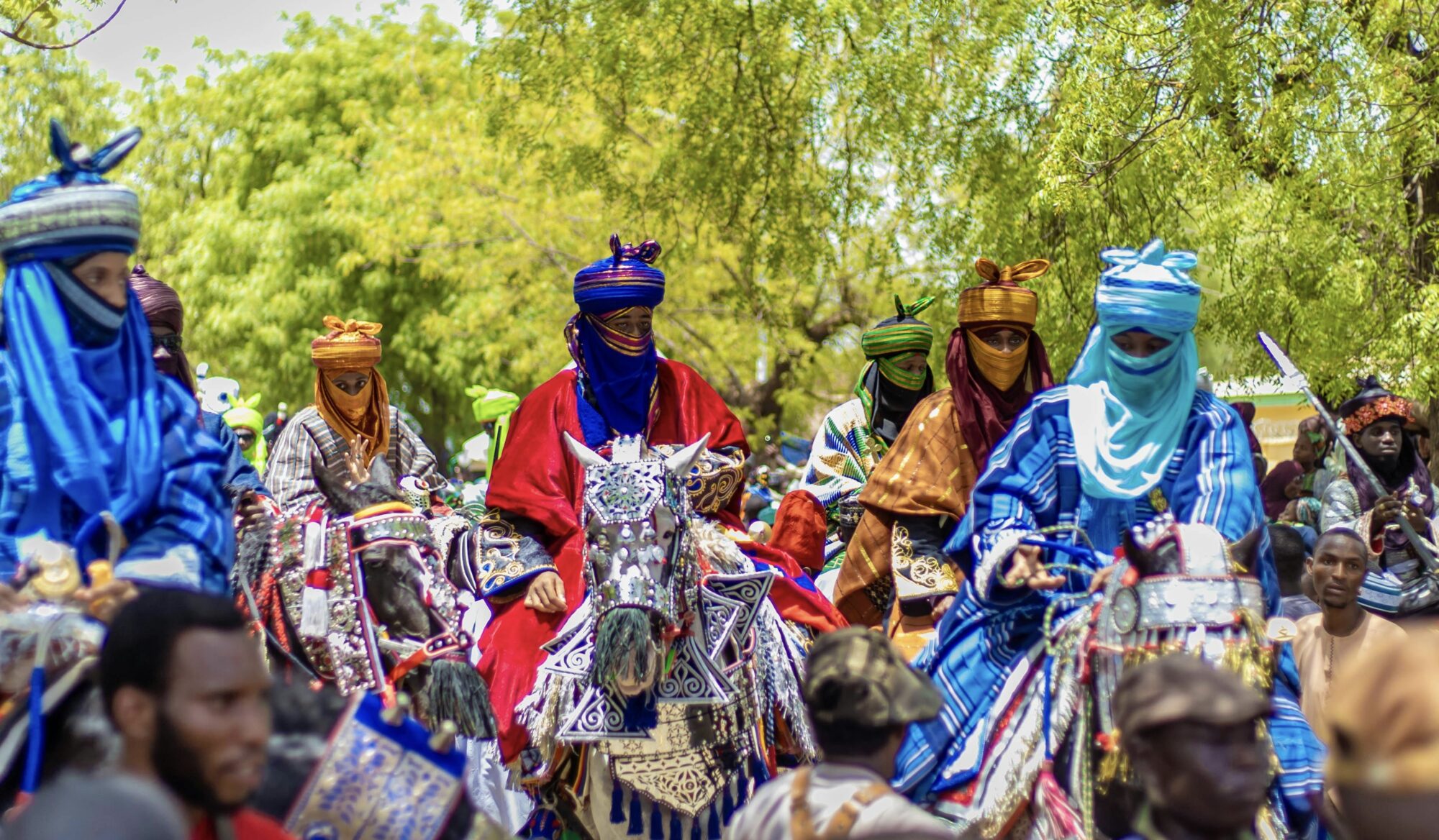Why Visit Mali?
Mali offers a raw, cultural depth unlike anywhere else in West Africa. From the legendary city of Timbuktu to the clay mosques of Djenné and the haunting melodies of traditional Malian music, this landlocked country invites travelers into the heart of ancient trade routes, proud traditions, and resilient communities. While political and travel conditions must be monitored closely, Mali’s spirit endures in its art, architecture, and the stories etched into the Sahel.
Top Places to Visit
Timbuktu
Once the center of Islamic learning and trans-Saharan trade, Timbuktu still evokes mystery. Though remote and largely inaccessible today, it remains a symbol of Mali’s historical importance and scholarly legacy.
Djenné
This UNESCO World Heritage site is famed for its striking Great Mosque, the world’s largest mud-brick building. Market day here is a vibrant display of culture and commerce.
Bamako
The capital city pulses with energy, music, and markets. Visit the National Museum of Mali for a deeper look at the country’s ancient past and rich artistry.
Dogon Country
A region of dramatic cliffs and centuries-old villages where the Dogon people maintain unique cultural and spiritual traditions. Trekking here is both visually and culturally rewarding.
Segou
Located along the Niger River, this peaceful colonial-era town offers colorful festivals, pottery workshops, and a slower pace of life.
When to Go
The best time to visit Mali is from November to February, during the cooler, dry season. Avoid the rainy months of June through September, especially for travel to remote areas.
Cultural Tip
Respect for elders and community is deeply rooted. Greetings are important—take time to say hello and ask how someone is doing. Dress modestly, especially in rural areas.
What to Try
Food to Try:
- Tô – A traditional staple made from millet or sorghum, often served with a sauce of okra or peanuts.
- Yassa Poulet – Grilled chicken marinated in lemon and onion, served over rice.
- Degué – A sweet millet and yogurt dessert often enjoyed during celebrations.
Travel Notes
- French is the official language, but Bambara is widely spoken.
- Travel advisories should be checked before visiting, and local guides are highly recommended for safe exploration.
- Cash is king in rural areas; bring enough for your journey.
Sample Itinerary
| Day | Activity |
|---|---|
| 1 | Arrive in Bamako – explore the National Museum and local markets |
| 2 | Travel to Segou – pottery villages and Niger River views |
| 3–4 | Head to Djenné – visit the Great Mosque and stay overnight |
| 5–6 | Trek in Dogon Country – meet local communities and take in dramatic landscapes |
| 7 | Return to Bamako – enjoy live music before departure |

